The Burlington Northern RR began operations in March 1970, the product of a merger between the Chicago, Burlington & Quincy; Great Northern; Northern Pacific; and Spokane, Portland & Seattle. It was also the railroad I grew up with in Crookston, Minn., my hometown in northwest Minnesota.
For many years, I’ve been researching the early years of the BN (1970-1974) in Crookston, with the goal of modeling it in HO scale. In addition to learning more about the rail-served customers, I’ve also been gathering information about equipment and structures that would be period-appropriate.
I’ve shared the efforts of my research at National Model Railroad Association events at the divisional, regional, and national levels, but haven’t written about it a great deal on Trains.com. With that, here are some must-have products for an HO scale Burlington Northern layout set between 1970 and 1974. If you have additional information to share, please leave it in the comments field below.
Renumbered diesels
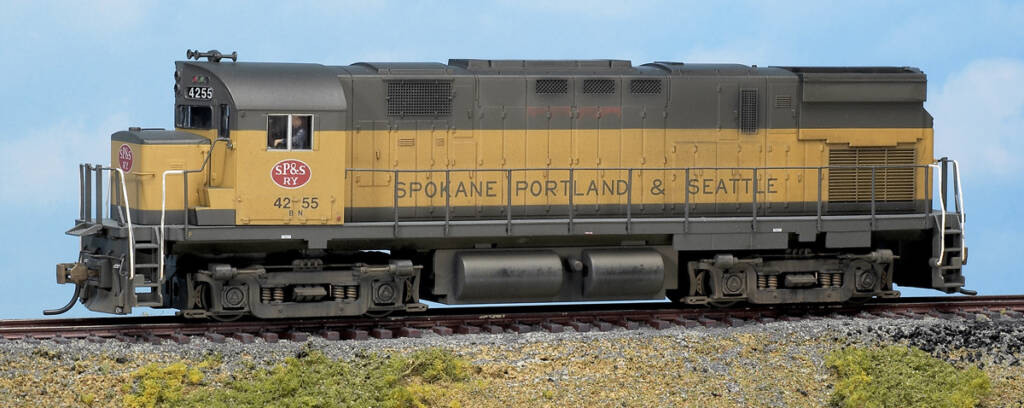
As you can imagine, repainting diesels from four railroads didn’t happen overnight. The last of the pre-merger units to receive BN’s Cascade Green and black paint was completed in 1977. However, diesels were renumbered fairly quickly after the merger, which you can read about on Trains.com. That meant you could see some colorful consists in the early days of the BN. Units in fresh Cascade Green worked side-by-side with BN-numbered diesels still wearing various CB&Q, GN, NP, and SP&S schemes.
Adding renumbered diesels to your layout is easier than ever. In addition to off-the-shelf models, there are also renumbering decals. This non-comprehensive list covers some products released in the past few years.
Atlas Model Railroad Co. Alco RS11
Atlas Electro-Motive Division SD24
Broadway Limited Imports Electro-Motive Division GP30
Broadway Limited Imports Electro-Motive Division GP35
Rail Train Hobbies Burlington Northern number jumbles
Rapido Trains Alco RS11
Cabooses galore
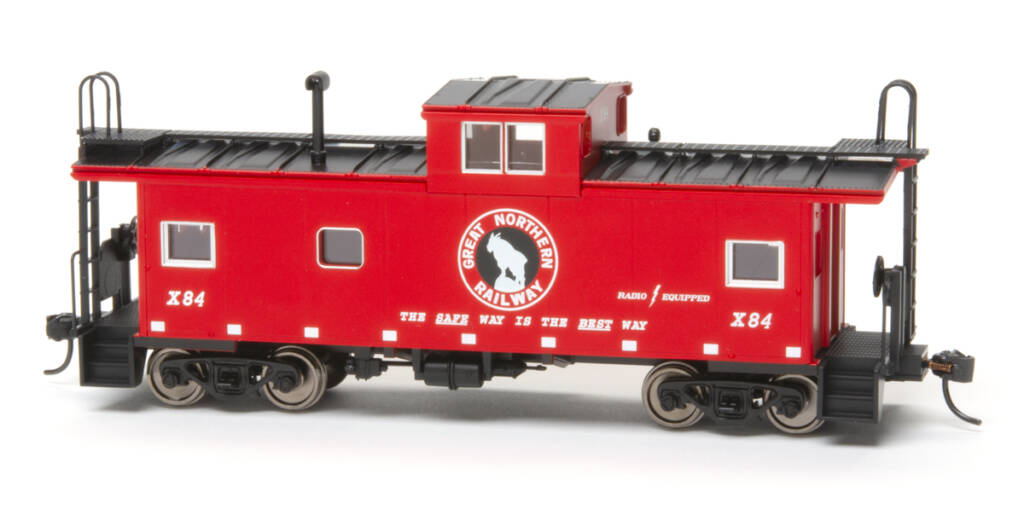
Cabooses were still commonplace at the time of the BN merger. An appendix in Robert C. Del Grosso’s Burlington Northern Railroad Cabooses 1970-1995 indicates that in September 1970 the railroad had 1,137 cabooses on the roster. The fleet consisted of wood and steel cars built by the shops of predecessor roads and commercial carbuilders. Some wood CB&Q waycars dated back to the 1870s. A group of 50 steel cabooses, numbered 10500 through 10549, were built for newly-formed BN in 1970.
For many years, BN modelers had to settle for stand-in cabooses in HO scale unless they purchased brass imports. In recent years, things have changed. Here are some models that will give the end of your early BN trains a prototypical appearance.
Athearn CB&Q NE-13 waycar
Bachmann CB&Q NE-12 waycar
Lake Junction Models (American Model Builders) CB&Q, GN, and NP cabooses
ScaleTrains Kit Classics steel cupola caboose
Tangent Scale Models BN, NP, and SP&S ICC wide-vision cabooses
WalthersMainline Great Northern standard-cupola caboose
Signature structures
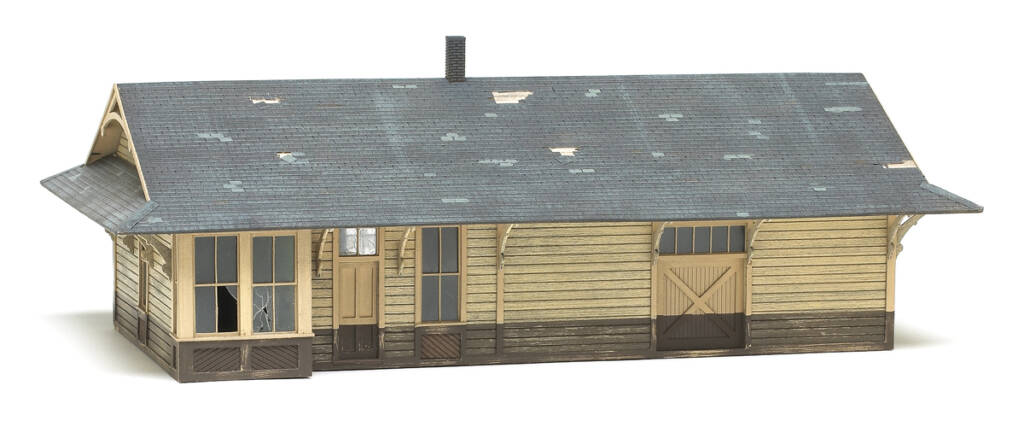
In the early days of the Burlington Northern, the right-of-way was dotted with depots, scale houses, and sheds, among other items, from the CB&Q, GN, NP, and SP&S.
In recent years historical societies have started working with manufacturers to offer prototype-specific buildings (and other modeling products and resources) through their respective company stores. You can learn more about these items at the following sites:
Burlington Route Historical Society
Friends of the Burlington Northern RR
Great Northern Ry. Historical Society
Northern Pacific Ry. Historical Association
Spokane, Portland & Seattle Historical Society
Realistic rolling stock
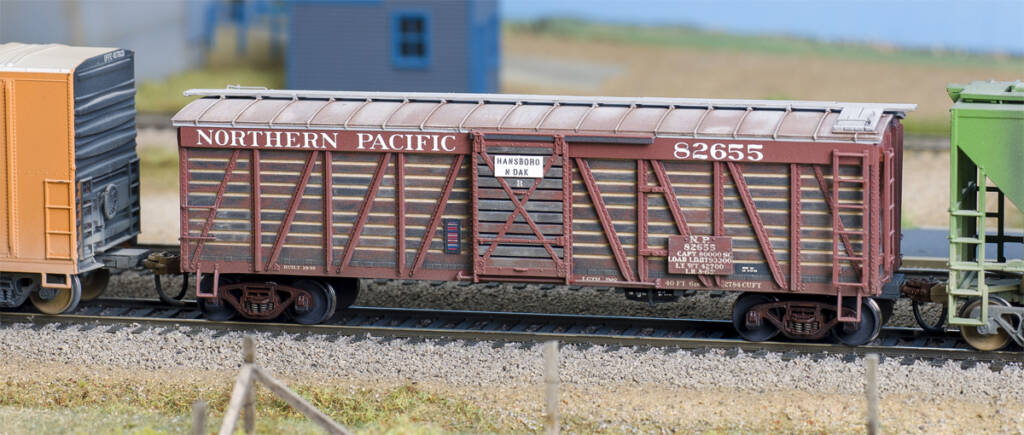
As I often say when I present my clinic on modeling Crookston in HO scale, it’s a great time to be modeling the early days of the BN. There are a variety of prototype-specific freight cars on the market, many of which lasted well into the BN era. Here are just a few signature models you’ll want to take a look at:
Central Valley Model Works NP stockcar and flatcar kits
Moloco Great Northern St. Cloud-built 50-foot boxcar
Moloco Northern Pacific Brainerd-built 50-foot double-door boxcar
Tangent Scale Models CB&Q GATC 4500 three-bay covered hopper
ScaleTrains CB&Q Havelock-built 52’-6” gondola
Walthers CB&Q Havelock-built refrigerator car
Car shortages in the early years of the BN led the railroad to press stockcars (and some 40-foot refrigerator cars) into grain service. The railroad began using stockcars, which were cleaned and lined with plywood, to move grain starting in 1973, but the practice was more common in 1974 and 1975. The cars were assigned to specific elevators on a 2-for-1 basis (two 40-foot cars for the price of one large covered hopper). I wrote about using a Central Valley Model Works stockcar kit to model a grain-hauling stockcar in the July 2018 Model Railroader.






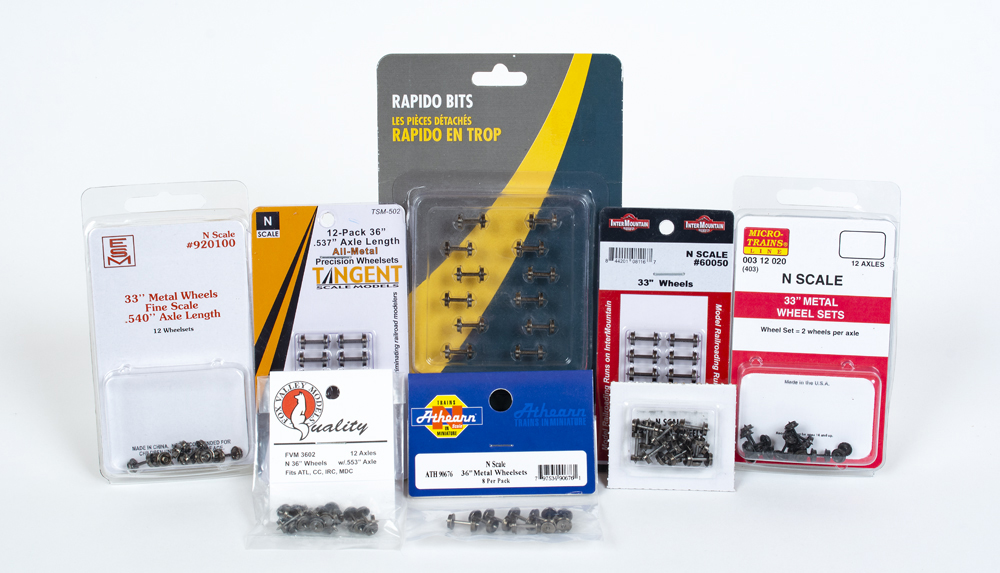
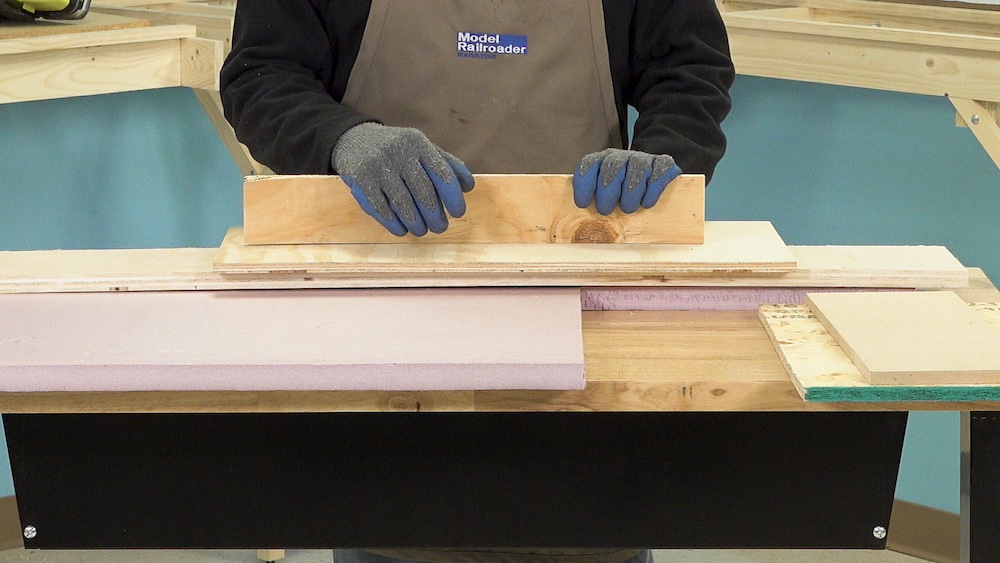
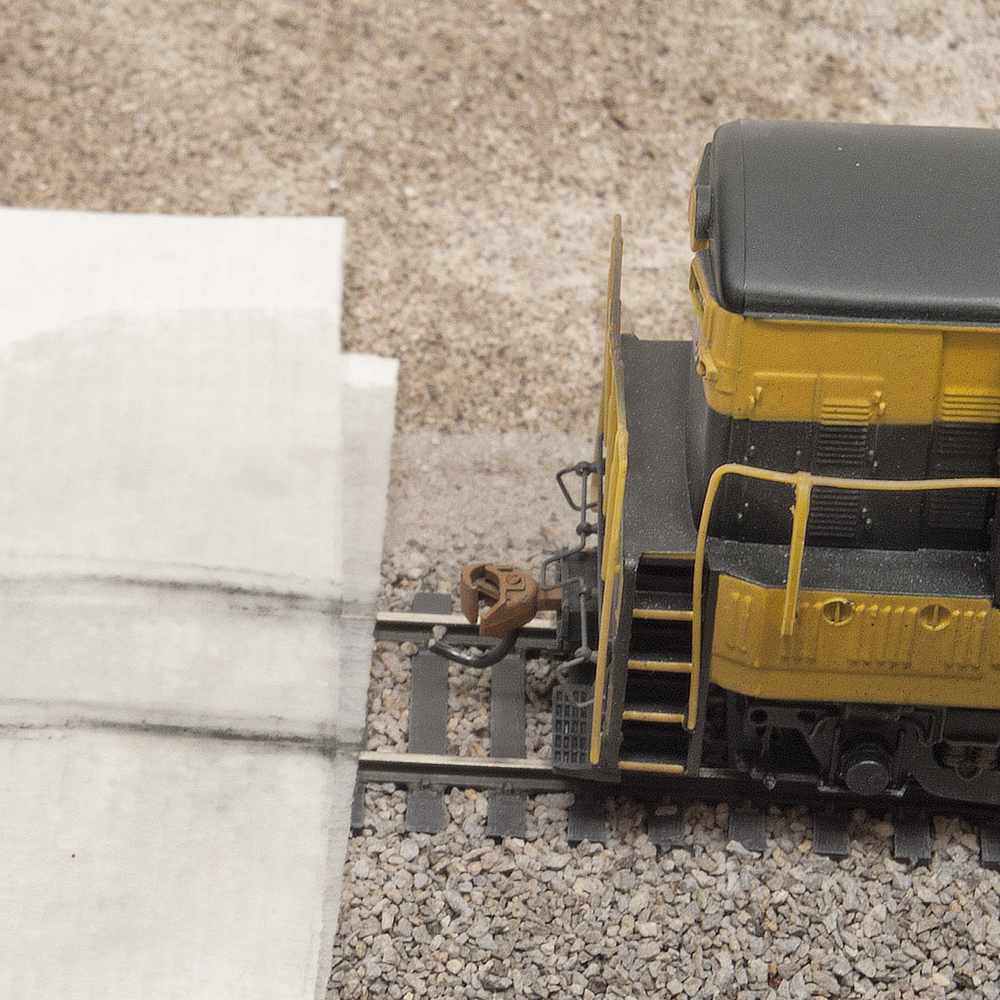
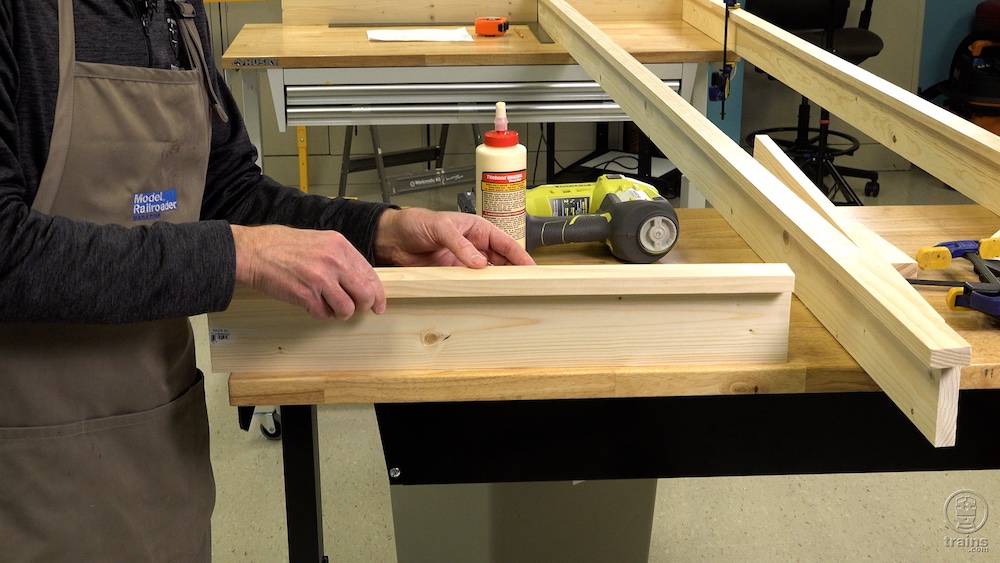
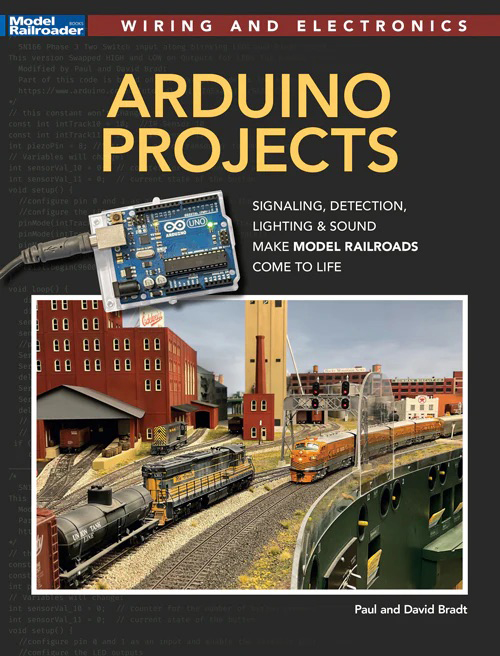
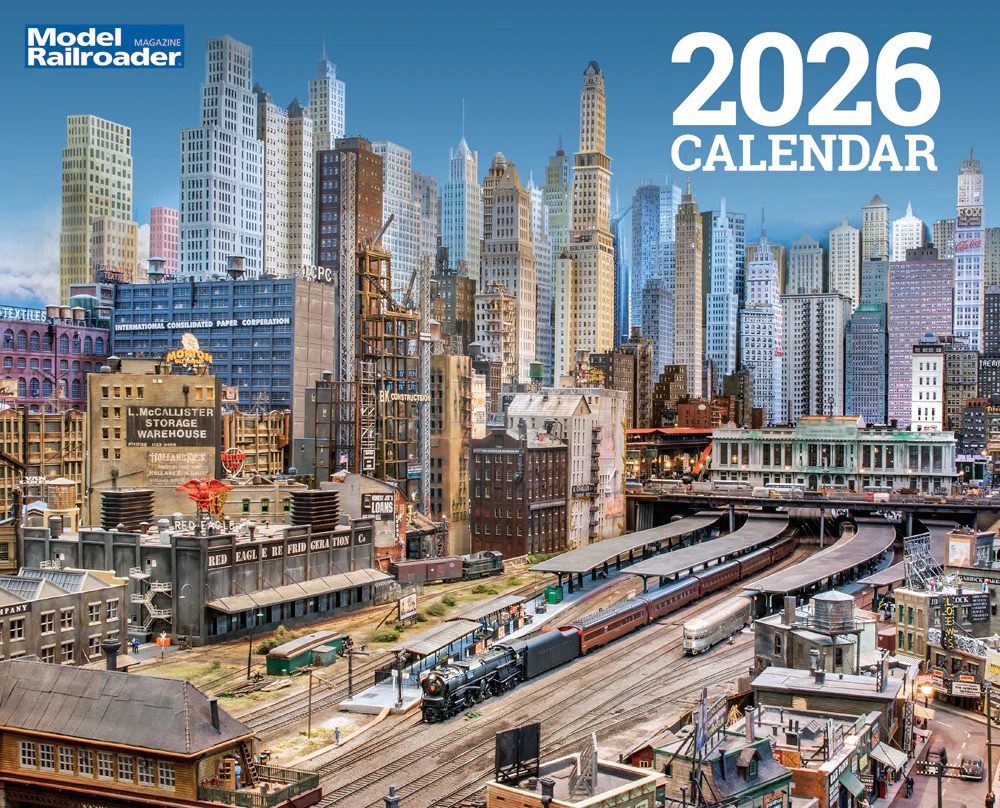
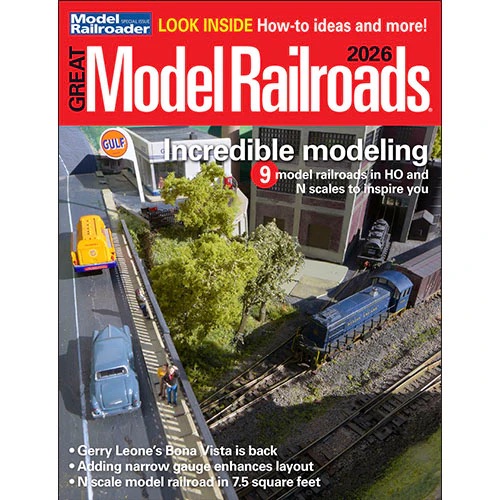
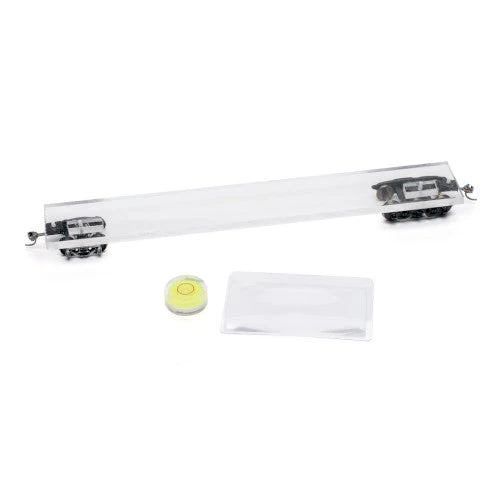
Don’t forget Cannon & Company’s kits for NP, GN and CB&Q box cars.